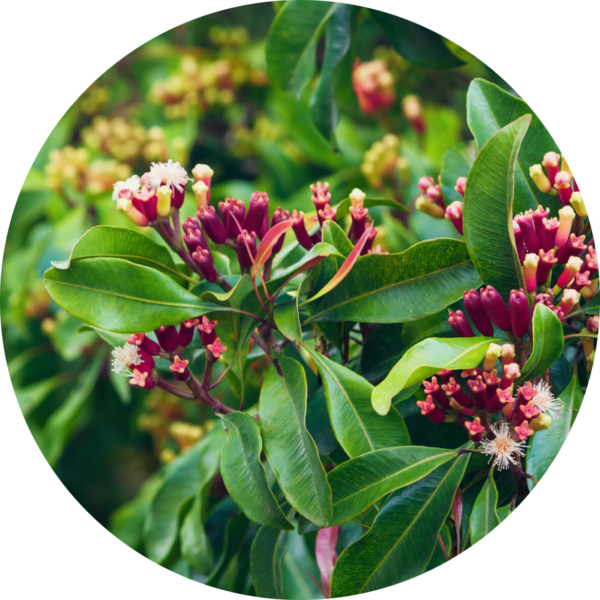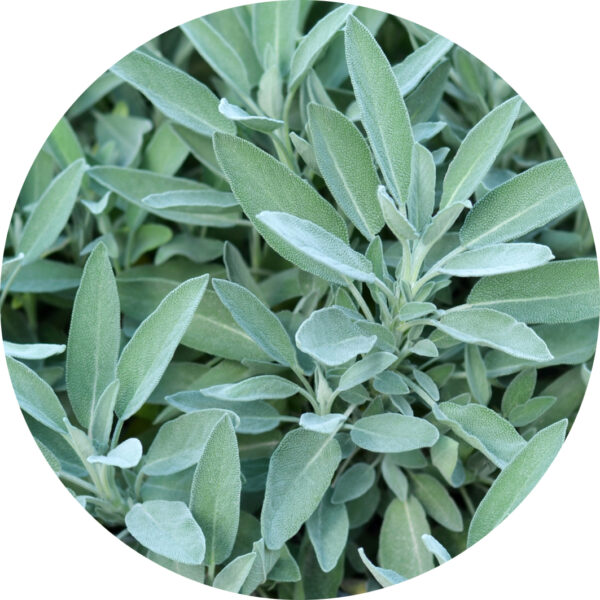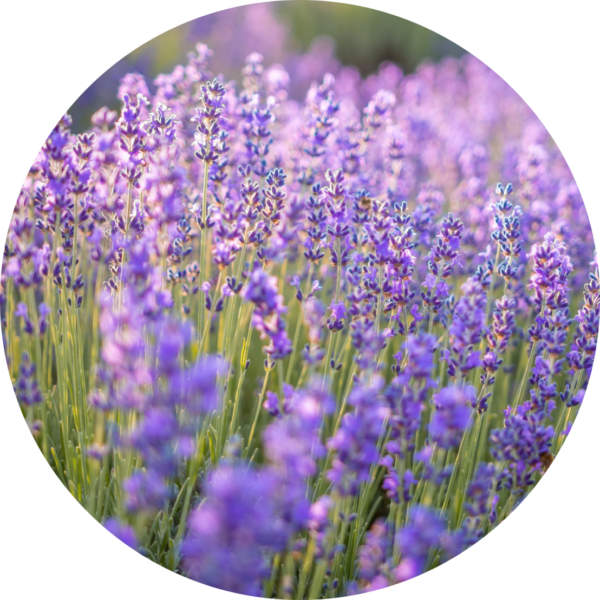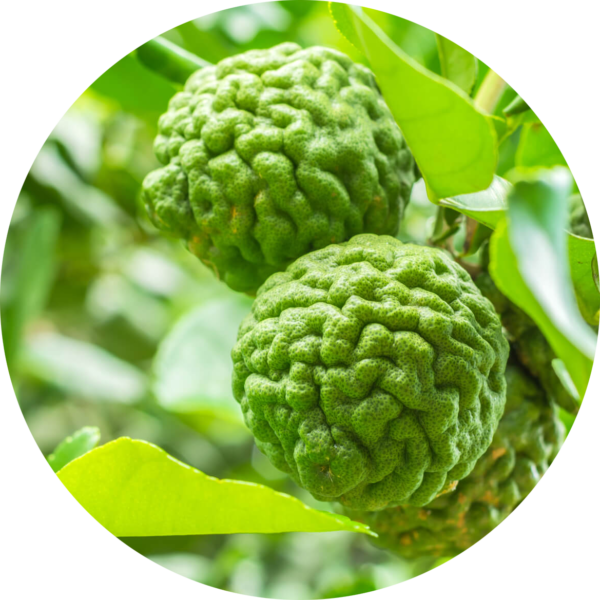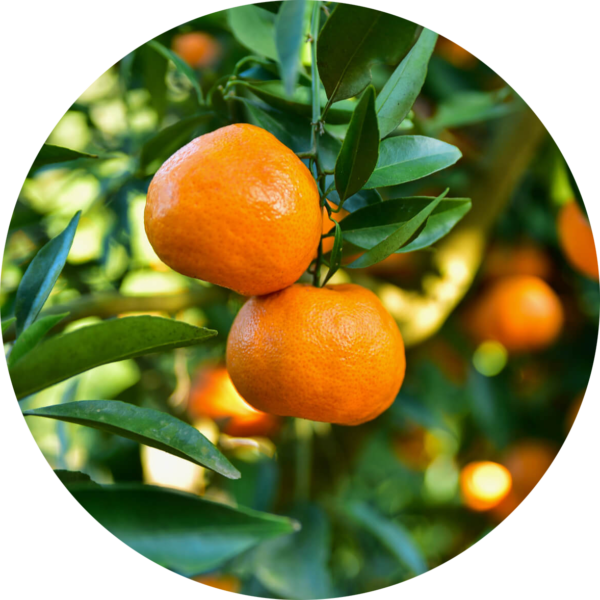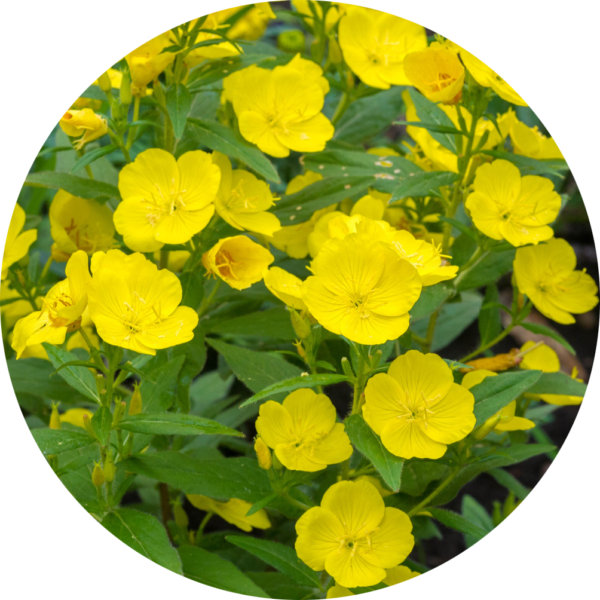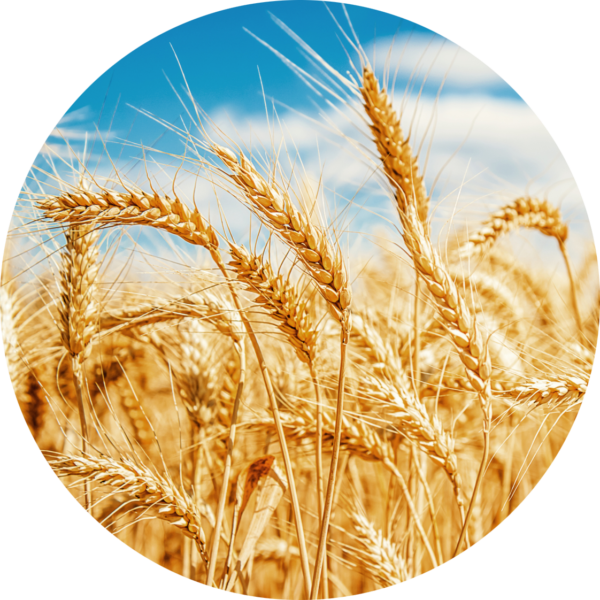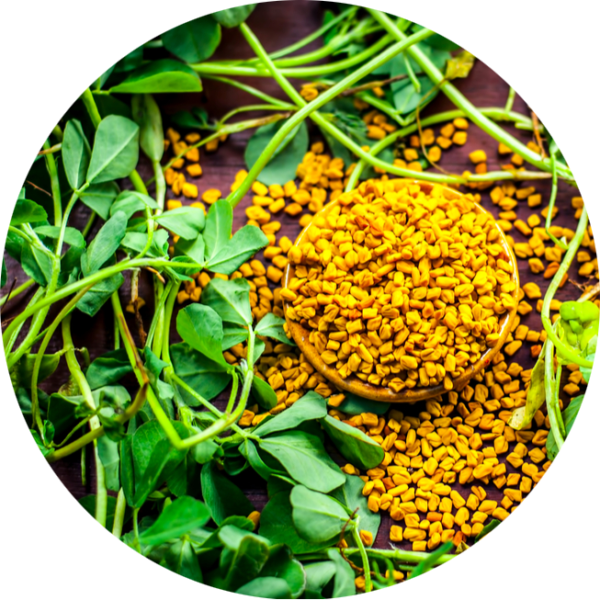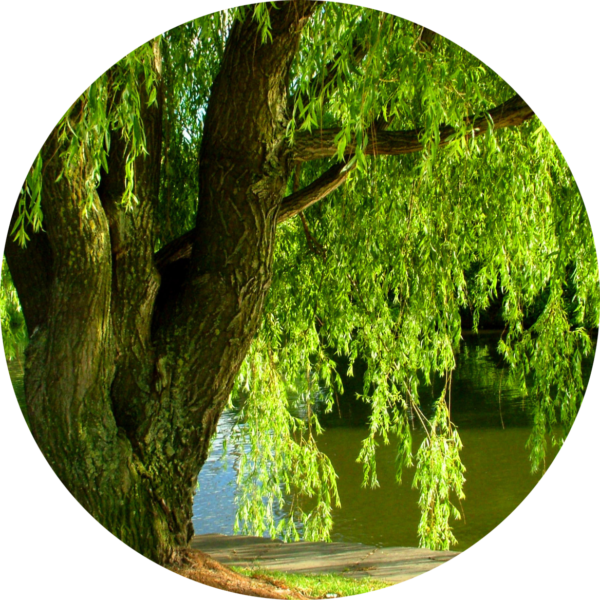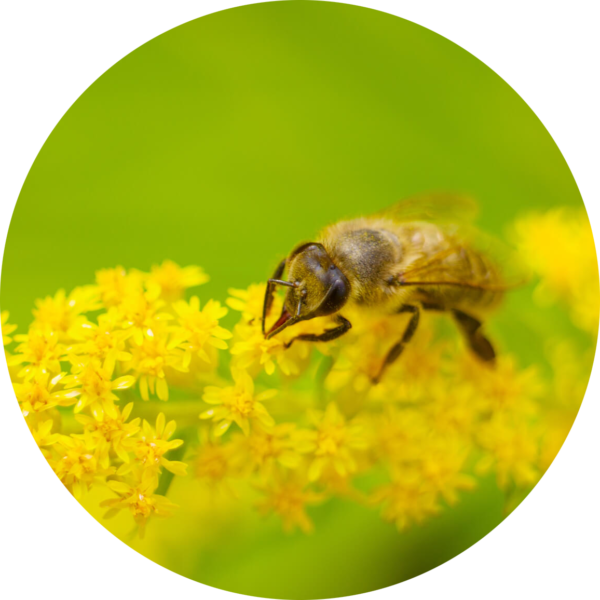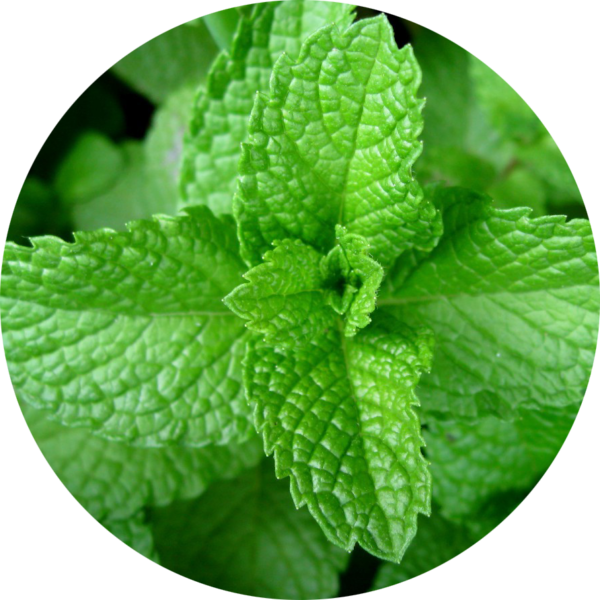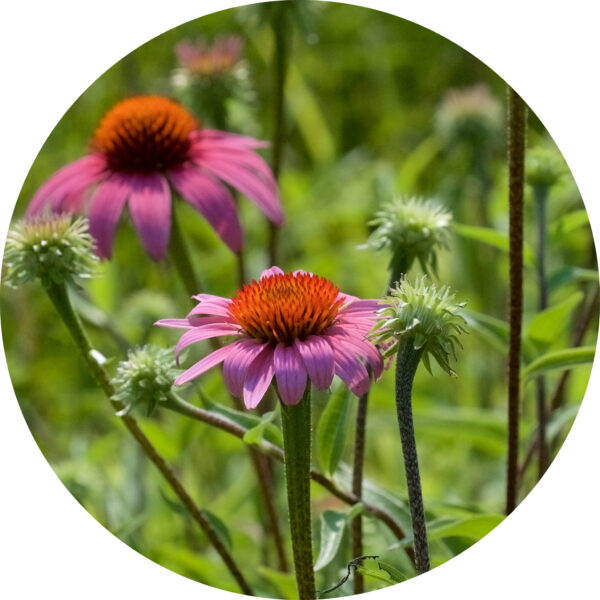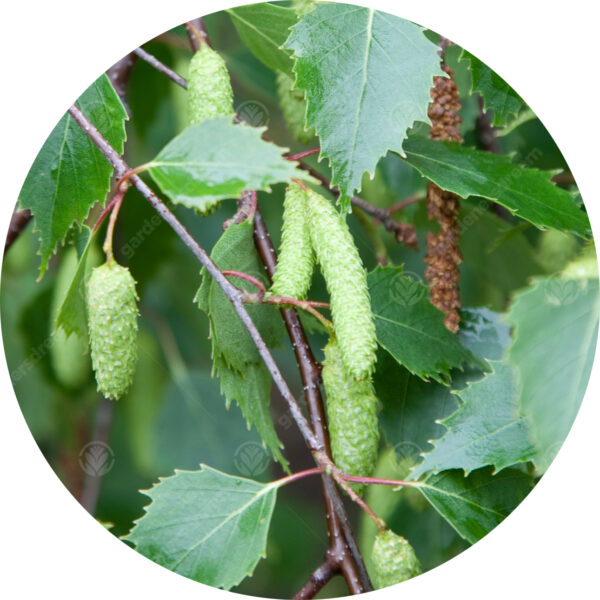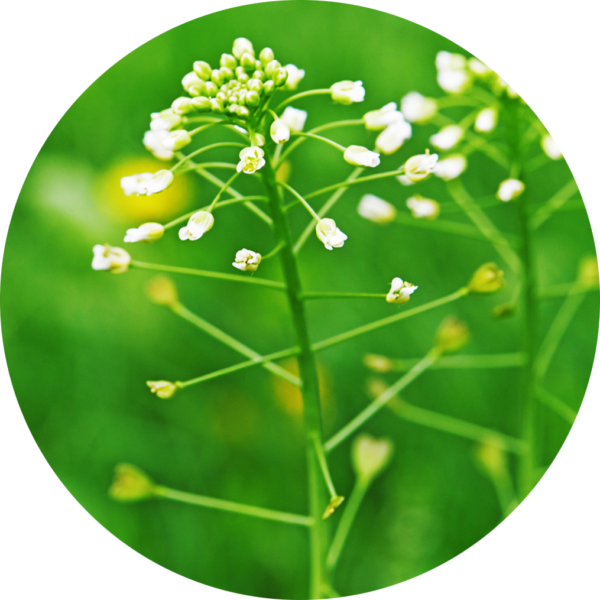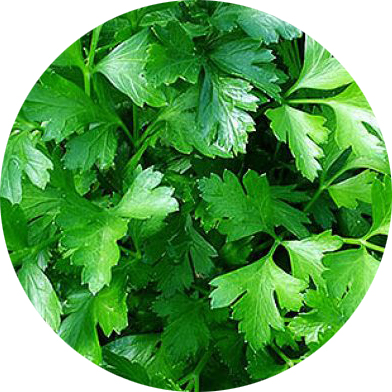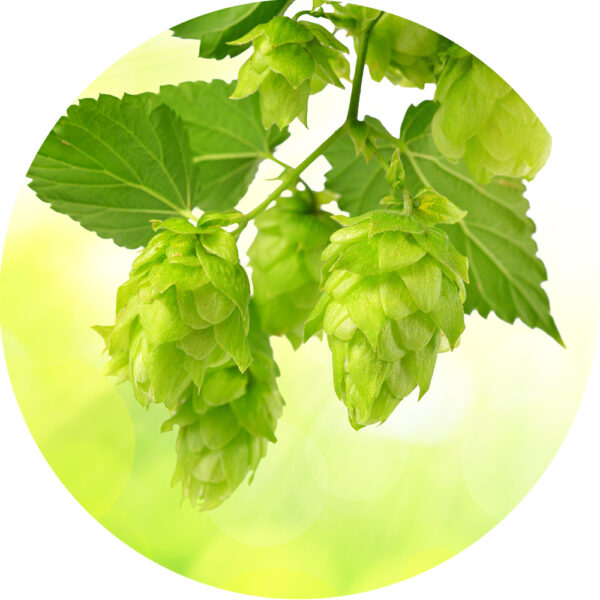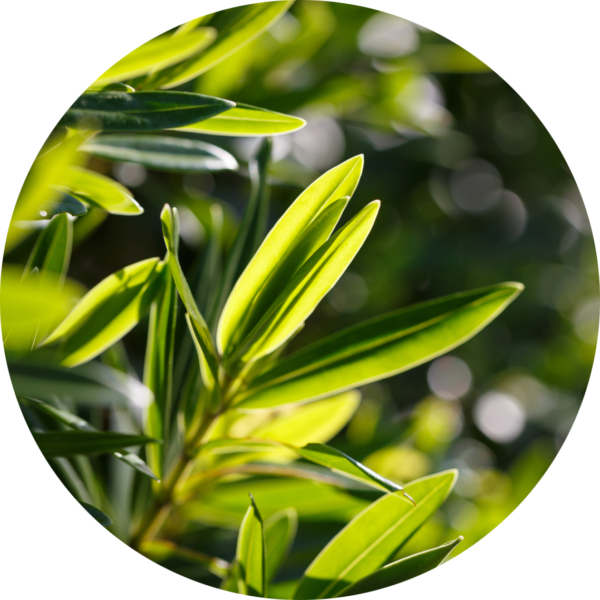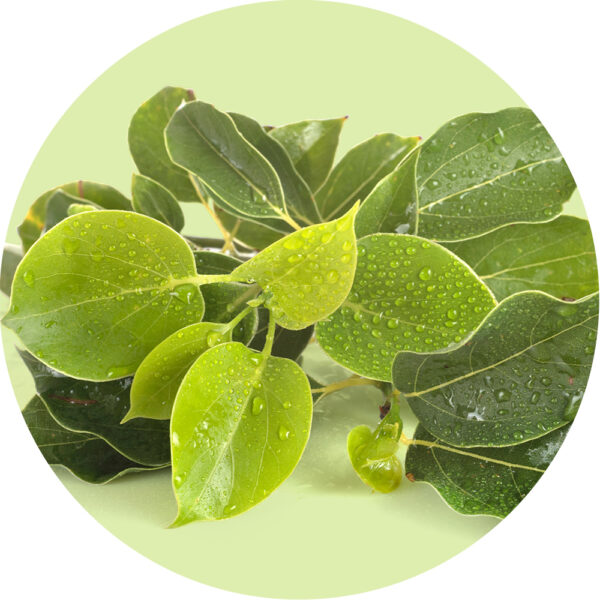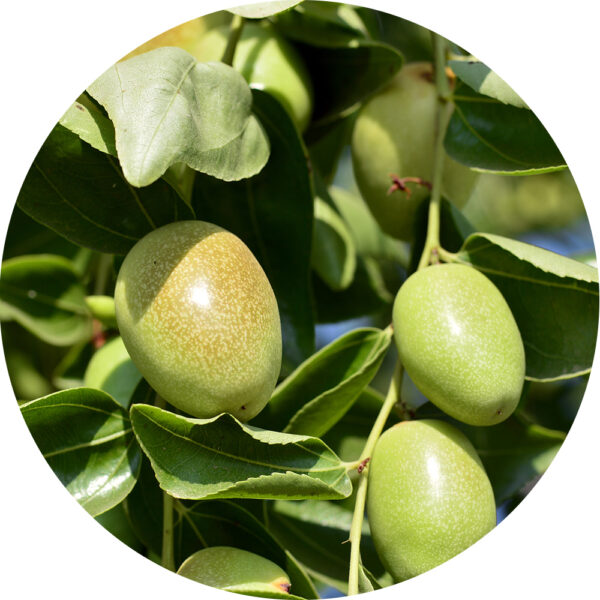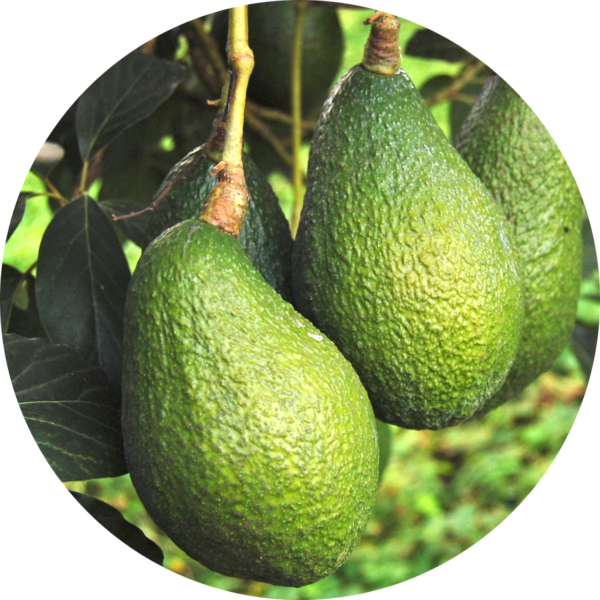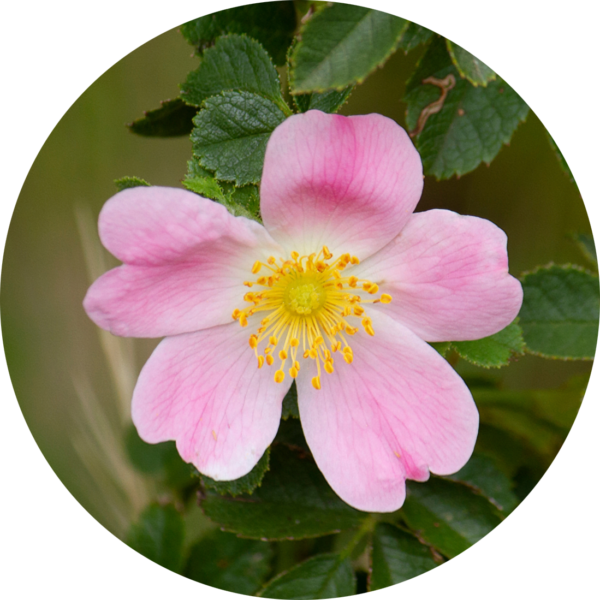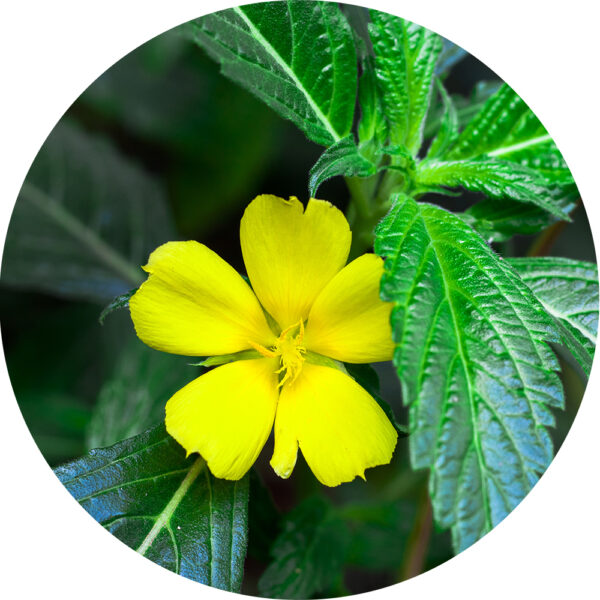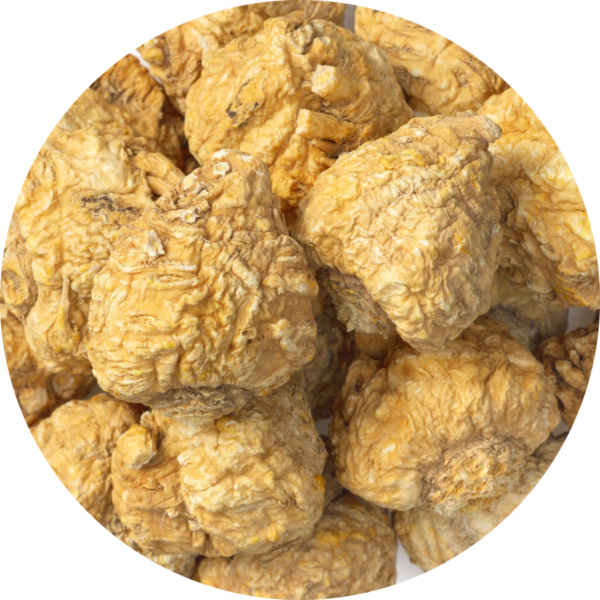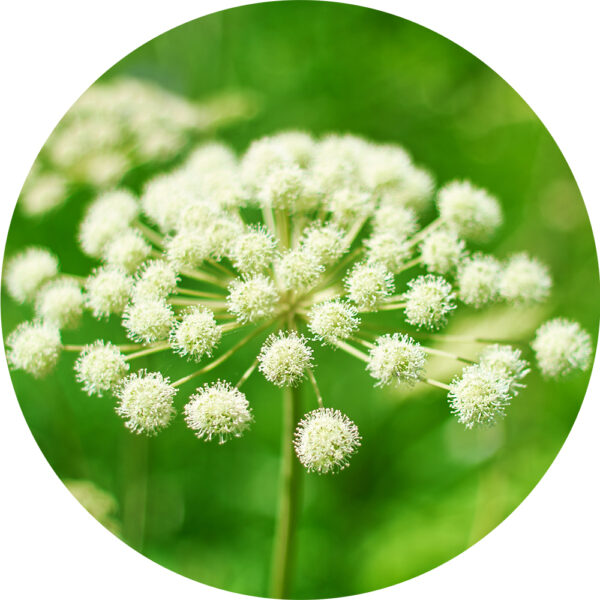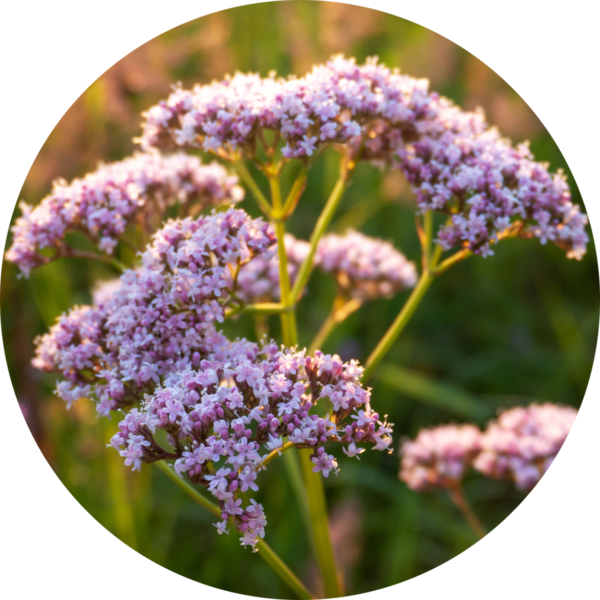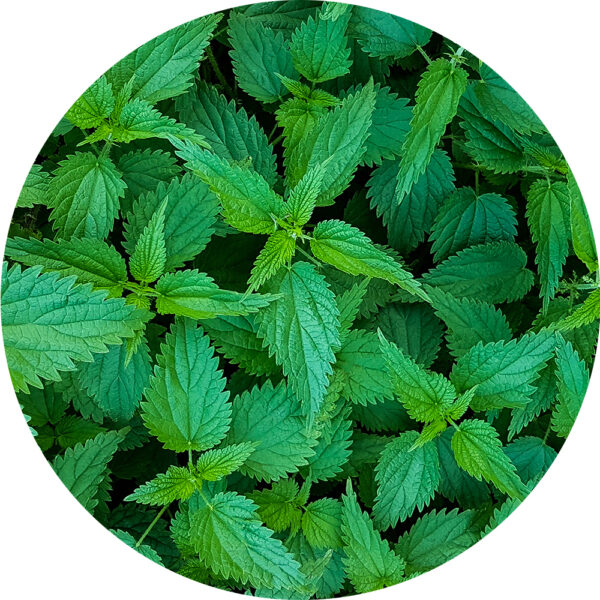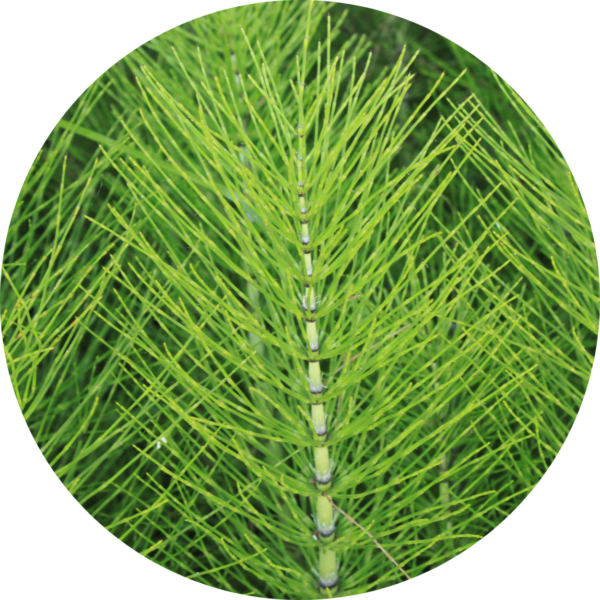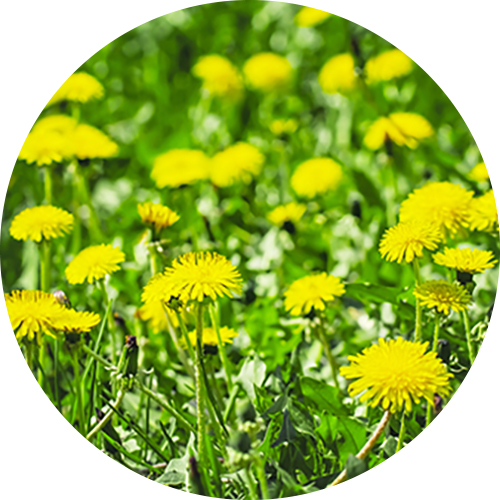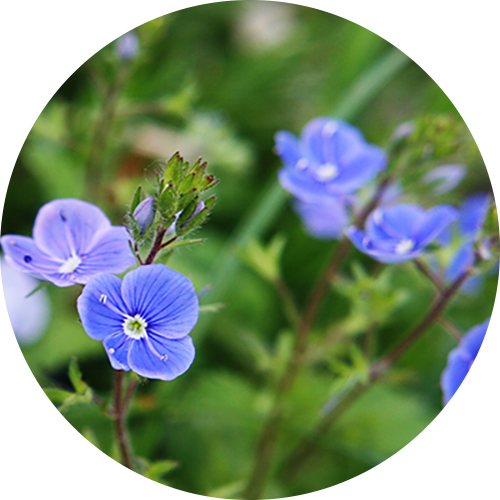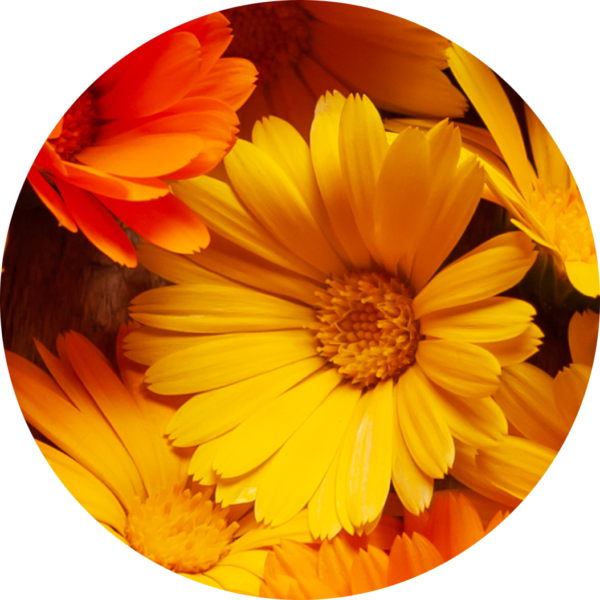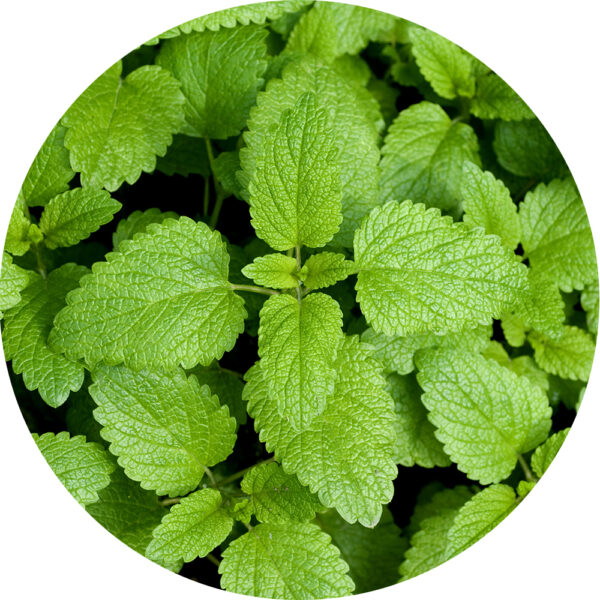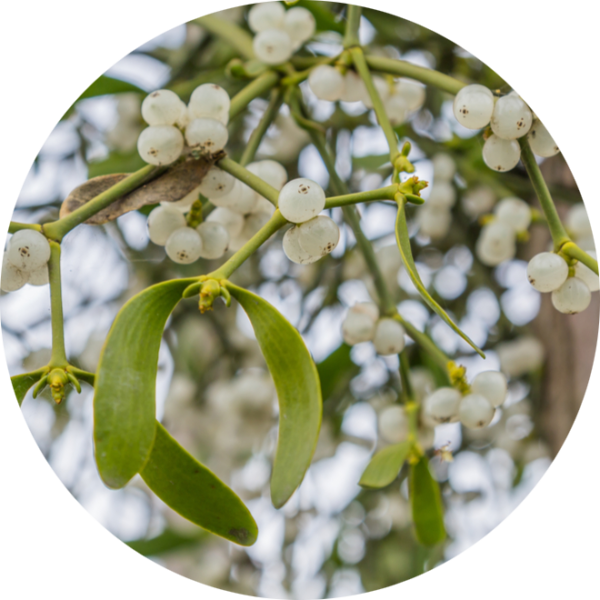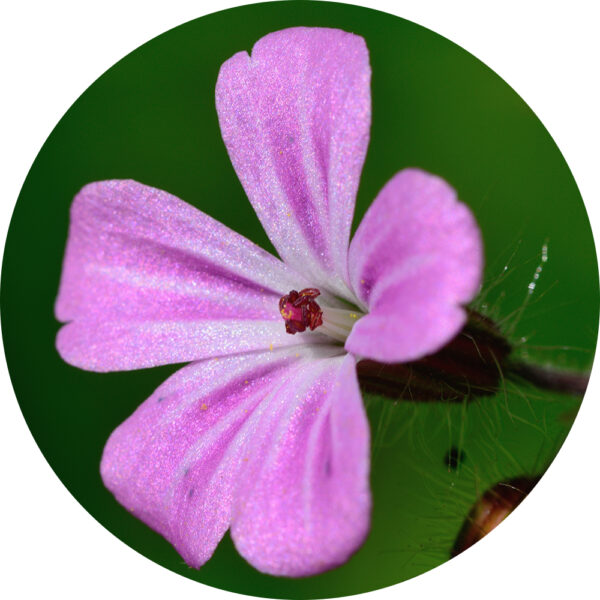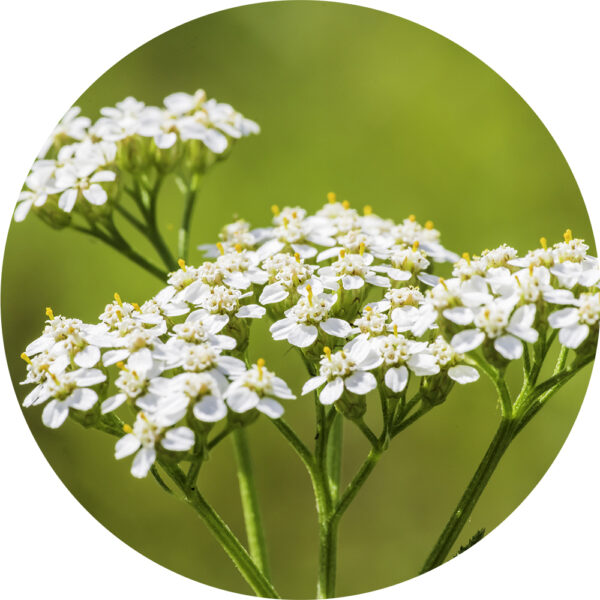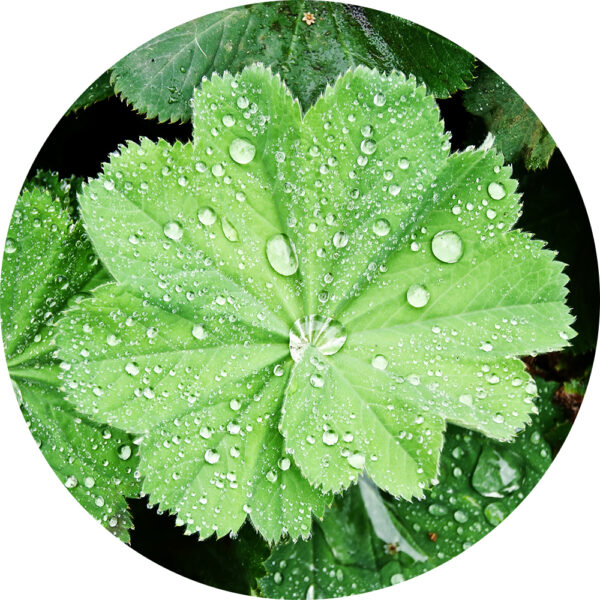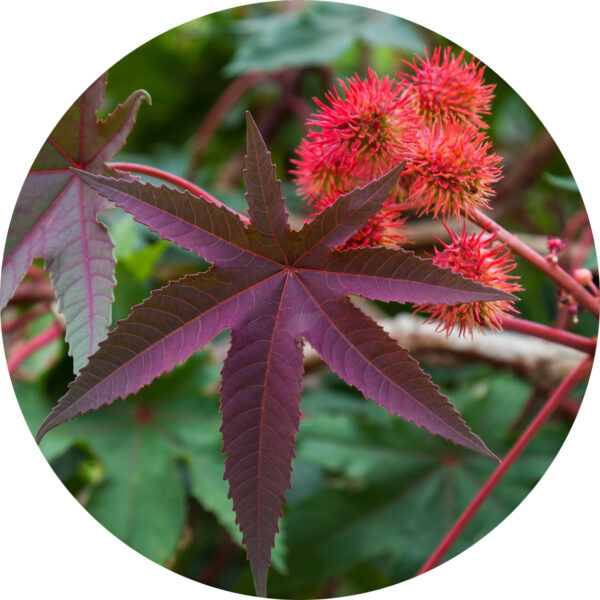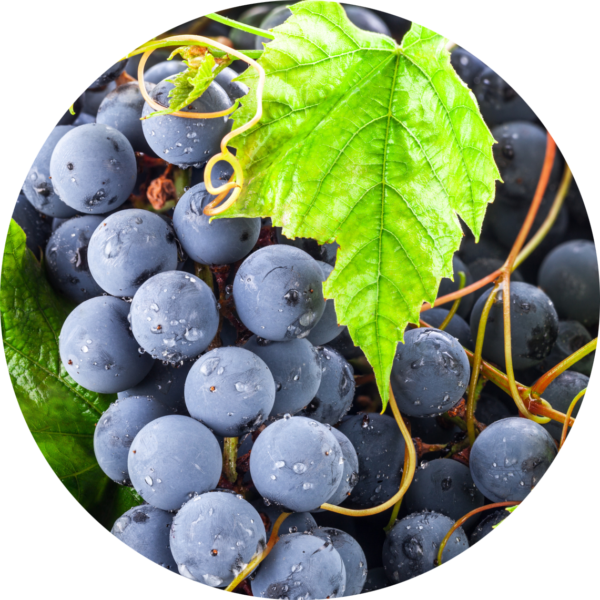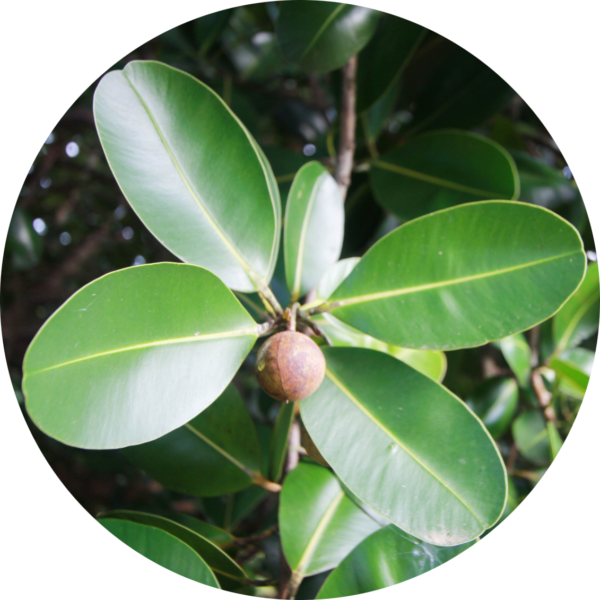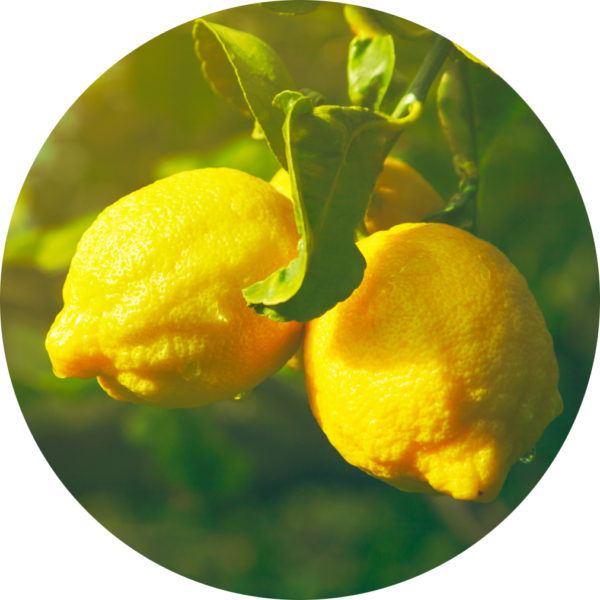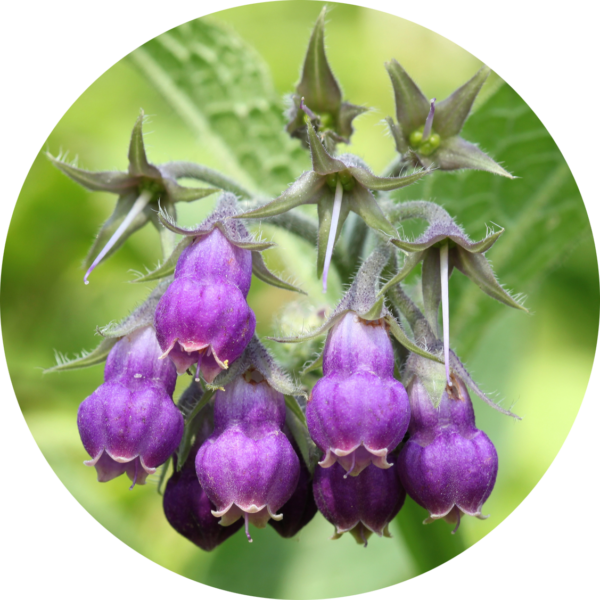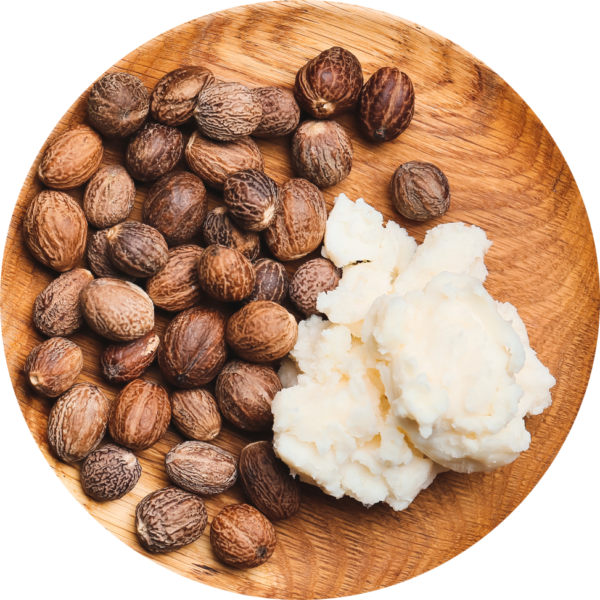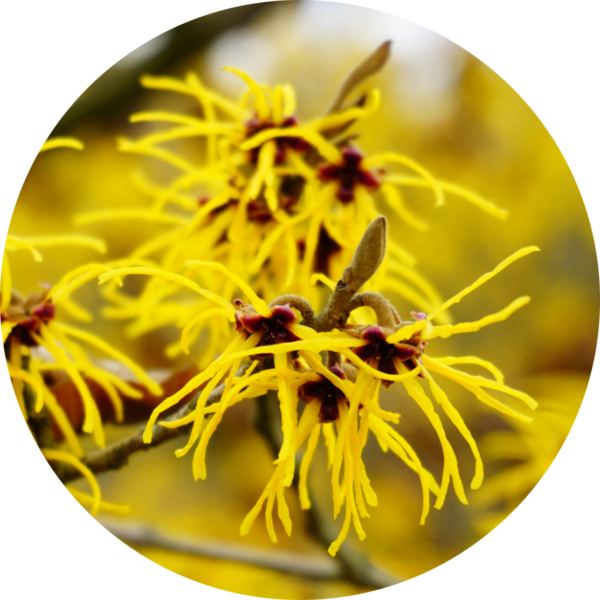MEDICINAL PLANTS FROM ANCIENT TIMES TO OUR AGE
Traditional medicine has always been highly valued in our country. Our ancestors sought treatment for ailments and diseases in nature, and she generously gave them the most varied therapy from her rich “pharmacy”. It was known exactly which flower, leaf, stem, root or fruit should be harvested to relieve pain, to fight inflammation, coughs, fever, infertility…
In ancient times people had faith in nature, and today we know with certainty that their faith was completely justified. Scientific research and laboratory tests have proven that medicinal plants help people to improve and maintain health, and also that they have a basis in modern medicine. For example, these studies have shown that parsley seed improves fertility due to apiol, or that herb robert brims with medicinal flavonoids and tannins that protect the reproductive tract, that mistletoe destroys cancer cells and strengthens immunity, that the essential oil of wild oregano effectively kills germs, that horsetail is an excellent diuretic which helps with urinary tract infections, inflammation and aches, while alkaloids found in motherwort protect the heart and blood vessels. There is a lot of such scientific research and it provides solid evidence of benefits that medicinal plants have.
But when did this knowledge and insights begin to be gained, and did folk medicine really originate from the human kind or did it exist before humans?
ZOOPHARMACOGNOSY – PHYTOTHERAPY FROM TIME IMMEMORIAL
We often say that medicinal herbs have been used since time immemorial, but the truth is that they had actually been used even before the time that the human species remembers. Dog owners know this well: when a dog eats grass, it means that something is wrong with its stomach or that it has parasites. Dogs are aware that with the help of grass, they can more easily expel the bothersome contents from the stomach.
This animal wisdom also has its name: zoopharmacognosy (from zoo – animals, pharma – medicine and gnosis – knowledge, cognition, insight). For example, observations of chimpanzees have shown that they swallow whole, very coarse leaves of a plant that they normally avoid, a plant that has no nutritional value if not chewed. When primatologists wondered why they were doing this, the answer came from a Tanzanian female chimpanzee who was suffering from parasites and severe constipation; the day after taking the leaves she completely recovered. The chimpanzee was simply its own doctor. Then the question arose whether this behaviour was acquired or innate, and the conclusion, quite logical, was that chimpanzees have a “self-healing programme” written in their genes. Those individuals who practised this had a higher survival rate and would pass the experience on to the next generation.
Chimpanzees are not the only ones that use plants for healing, many animals have the power of zoopharmacognosy. Then it is not surprising that humans have been using medicinal herbs since time immemorial. But, unlike animals, humans have figured out how to process those plants to get the most out of them.
HERBAL MEDICINE FROM THE CAVE
Archeologists found the oldest remains of dried medicinal plants in the Shanidar Cave in Iraq, which are estimated to be as old as 65,000 years. That medicinal herbs have always been valuable and that their value does not fade even today is confirmed by the fact that, of the eight plants found in the cave, seven are still used for healing nowadays. Among them is yarrow. Many millennia after the Neanderthals had been buried in this cave, the same medicinal plant, yarrow, was harvested in the fields of Persia by Avicenna, who wrote that it can be used to improve circulation and against cramps. A herbalist and a doctor is thus an alchemist, who turns ordinary grass into a medicine worth its weight in gold. That is why it is no coincidence that the scientific name for lady’s mantle is Alchemilla, from the Arabic word alkemelih – alchemist – “a little wizard”. Apart from knowing the healing properties of this plant, people believed that the dew from its leaves, which was also called heavenly water, had the power to turn metal into gold.
FOLK KNOWLEDGE IS THE POSTULATE OF MEDICINE
If we look at nature as a single, unique system, we can easily see that it contains everything necessary for the creation and maintenance of life. Every imbalance has its counterweight, every ailment has its cure. In that complex world, each being is at the same time a separate microcosm, and their interaction is visible in all fields. The microcosm and the macrocosm are reflected in each other, so that each individual, from the smallest organism to the most complex, is a cog in the wheel of energy and life.
In accordance with the basic principles of cosmogony, the ancient theory of the origin of the world, the four basic elements – water, fire, earth and air – combine in harmonious proportions so that soul be breathed into matter. Our ancestors, who watched the sky unpolluted by street lighting and walked through fields that did not know about acid rain and exhaust fumes, easily noticed this connection and knew where to seek help when the body or soul became ill.
Avicenna is just one of a number of great doctors in the long history of the human kind who, among other things, relied on the healing power of medicinal herbs. Some of them are mythical, such as Chinese Emperor Shennong, the “divine farmer” who had a transparent stomach and who was the first to use ginseng. In contrast, people of flesh and blood, such as Hippocrates and Theophrastus, drew a clear line between healing and divine intervention. Pedanius Dioscorides, a herbalist and surgeon from the time of the reign of Nero, left behind over 1,000 records on the healing properties of about 600 plants. There is probably not a single person who has not heard of Galen, a surgeon from the 2nd century AD, as well as Paracelsus, born in Switzerland – but actually a citizen of the world – who traveled all over Europe, from Scandinavia, through Moscow, all the way to Egypt, the Holy Land, Turkey, the Balkans and the Greek islands; he bequeathed to the history of medicine the knowledge of wound cauterization, the obligatory amputation of gangrenous limbs and toxicology. A highly respected doctor among ordinary people, and a despised “joker” among highly educated scientists of that time whose narrow-minded theories he refuted in practice, Paracelsus believed in the observation of nature and experimentation. He claimed that the doctor “must be an alchemist, must observe Mother Earth where the minerals lie, and since the mountains will not come to him, he must go to the mountains.” As his travels broadened his horizons, he believed that experience of the world must be gathered from all sources, not only from recognised scientific authorities, but also from old women, Gypsies, prophetesses, nomadic tribes, and even outlaws and thieves. As people, plants, minerals and diseases differ from place to place, so the doctor must move and gather knowledge everywhere.
Nicholas Culpeper, who was born in the same year in which Shakespeare died, left an indelible mark on English herbalism. He dedicated his life to the study of medicinal herbs and summarised all his knowledge in the the book called Complete Herbal; he treated the sick for free, believing that medicine is a public good, and that a cure for every pain can be picked in the immediate vicinity. There are numerous records about all these excellent doctors and their works live on. Their teachings are based on thousands and thousands of folk experiences and knowledge that have been passed down from generation to generation for centuries and combined in various herbal preparations. Just as Paracelsus collected valuable data on medicinal herbs from old women and illiterate nomads in various far-flung corners of Europe, we owe what we know today, and what science has proven, to numerous nameless herbalists both from our region and around the world.
Last century was marked by Austrian author and herbalist Maria Treben, who rekindled interest of the West in medicinal herbs. In her book Health through God’s Pharmacy, Treben does not deny the importance of knowing modern medicine, but reminds us that excessive and often wrong use of antibiotics leads to serious negative consequences. Among the plants that Marija Treben mentions are lady’s mantle, shepherd’s purse, yarrow and marigold, which are especially useful for women, in various stages of life. Our famous “folk doctors” Vasa Pelagić and Jovan Tucakov especially appreciate yarrow, which – as Pelagić says – “almost every peasant knows without knowing much about botany and botanists”; herb robert, lady’s mantle, shepherd’s purse and marigold take a pride of place in Tucakov’s treasury. Irregular menstruation, leucorrhea, pains, cramps, swellings, ovarian inflammation, fibroids, sores on the cervix, uterine prolapse, stretching of the abdominal muscles and uterine ligaments after childbirth, are all disorders for which help can be found in these herbs.
MEDICINAL HERBS IN TINCTURES
Thanks to archaeological evidence, we know that medicinal herbs must have been used consciously 65,000 years ago. Wounds were often bandaged with plant leaves, and since the invention of fire and cooking utensils, there have been decoctions, infusions made from various herbs. With time and experience, sorcerers came to know how best to prepare and combine plants, roots or bark, whether to cook it, pour hot water over it or soak it in cold water. But that meant that one should always carry enough plants, pots and the tools to make fire. The decoctions could not be kept for long. It was ideal to extract what is most powerful in a plant in as small a bottle as possible. And that became feasible with the invention of alcohol.
Alcoholic herbal tinctures are much more concentrated than teas, easy to use and can be carried everywhere. It is sufficient just to add a few drops in a little water, and there is a drink that is much more powerful than a few cups of tea! With the discovery of tinctures, herbal treatment was elevated to a higher level. One of the earliest alcoholic tinctures, about 5,000 years old, was found in the tomb of Pharaoh-King Scorpion in Egypt. Bioarchaeologists have been able to identify the composition of the vessel: wine and medicinal plants. After the Egyptians, ancient Romans often soaked plants in wine; the most famous doctor who used herbal tinctures 400 B.C. was Hippocrates, with his famous recipe against intestinal parasites called Hippocraticum vinum. Western medicine from the 12th to the 17th century based its teachings on the preparation and use of herbal tinctures.
Our ancestors used to soak medicinal plants in brandy, so even today we have famous herbal brandies (travarica). As everywhere else throughout history, brandy’s original use in our country was as a medication and only later did it become a drink of pleasure (or abuse). Today, we know that, in addition to being easier to use and easy to be carried around, herbal tinctures provide much more than herbal teas because they are absorbed faster and easier in the body.
WE ARE CONTINUING THE TRADITION
From ancient Chinese medicine, the 600 plants described by ancient doctors, plants known to Avicenna, cosmopolitan plants of Paracelsus and those from Culpeper’s back yard, to our famous herbalists and herbs, medicinal herbs have the ability to unite us, not only spatially, but also over time. Who knows how many women’s menstrual cramps were alleviated thanks to Maria Treben’s lady’s mantle, how many of them regulated heavy bleeding thanks to Avicenna’s yarrow, how many became pregnant thanks to shepherd’s purse, marigold or herb robert.
This is a tradition that we must not break. And that is why Herba Svet continues it today. Medicinal herbs whose value has been confirmed throughout centuries and whose benefits were proven by modern science are ingredients in our professionally made preparations; they come from the purest fields and are available in the most usable form and proportions. For over 20 years they have been selflessly protecting our health with their medicinal properties both in our region and globally.
